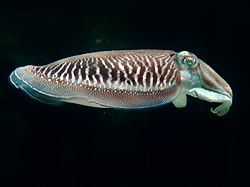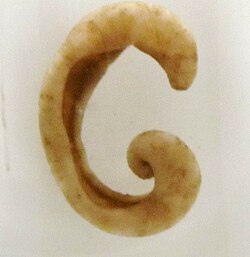

List of mollusc orders illustrates the 97 orders in the phylum Mollusca, the largest marine animal phylum. 85,000 extant species are described, [1] making up 23% of described marine organisms. [2]


List of mollusc orders illustrates the 97 orders in the phylum Mollusca, the largest marine animal phylum. 85,000 extant species are described, [1] making up 23% of described marine organisms. [2]

No orders, 6 families, 15 genera, 150 species.







This overview of orders follows the taxonomy of the Gastropoda (Ponder & Lindberg, 1997):
Subclass Eogastropoda

Subclass Orthogastropoda Ponder & David R. Lindberg, 1996
Superorder Vetigastropoda Salvini-Plawen, 1989 (limpets)

Superorder Neritaemorphi Koken, 1896
Superorder Caenogastropoda Cox, 1960
Superorder Heterobranchia J.E. Gray, 1840
